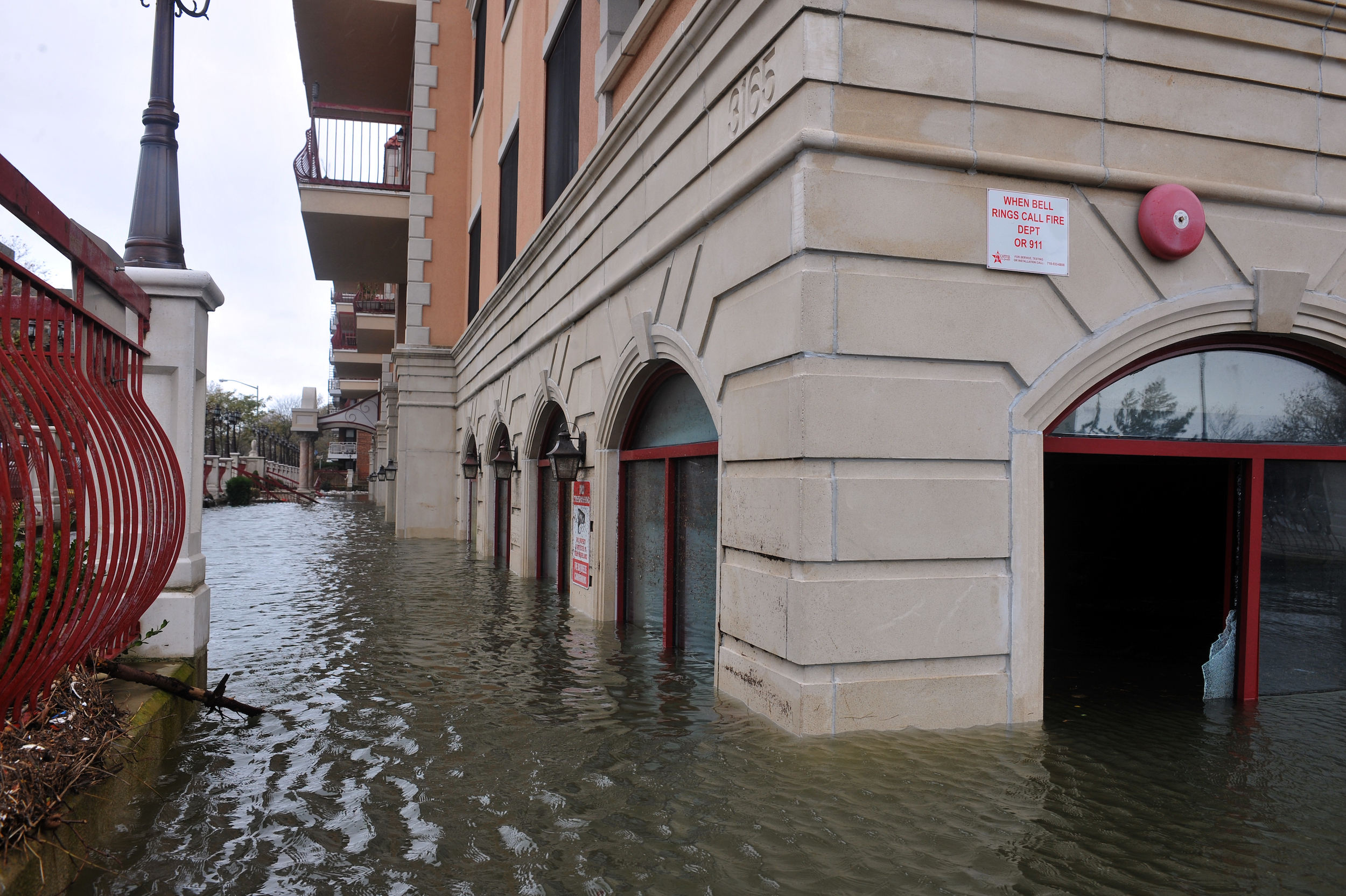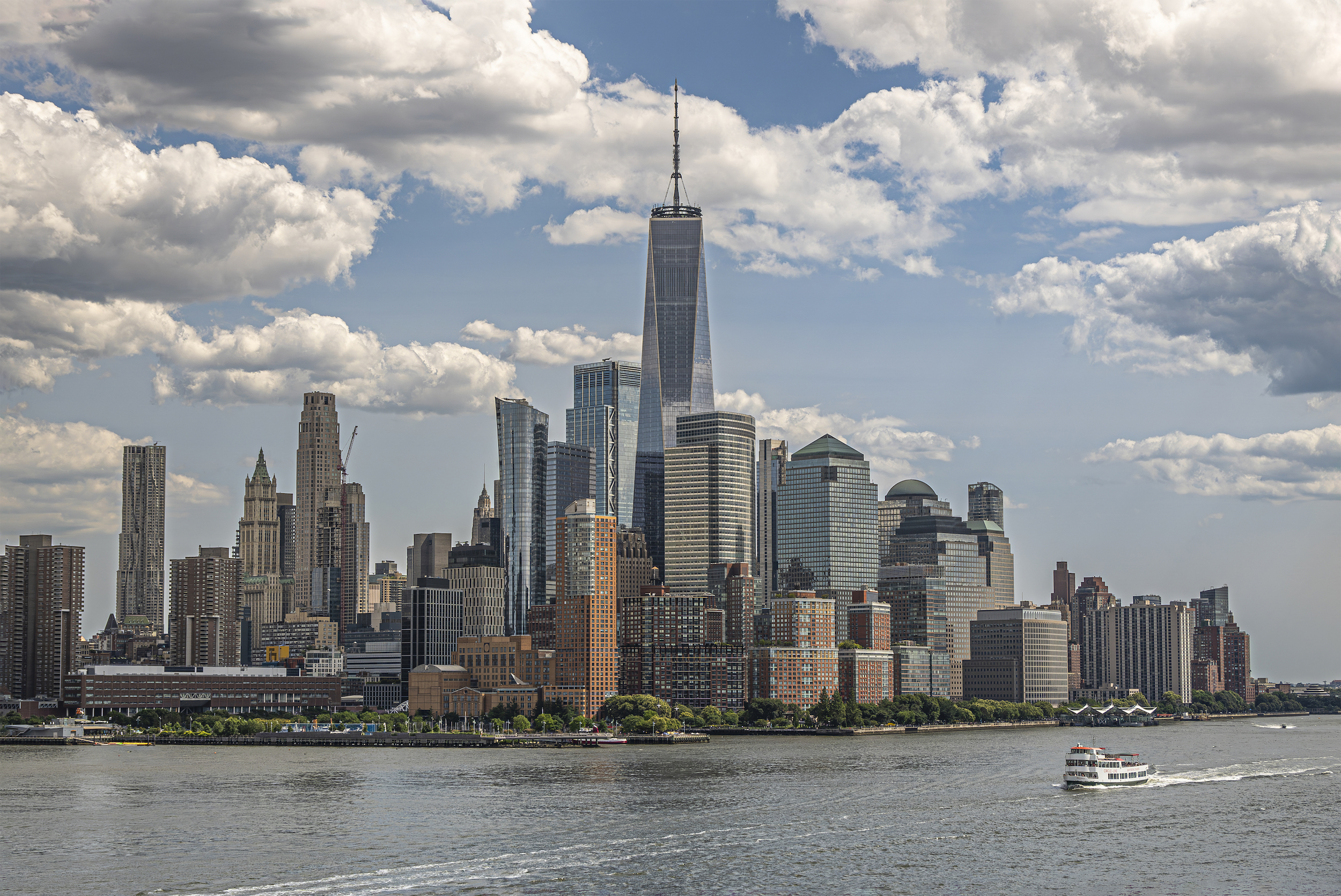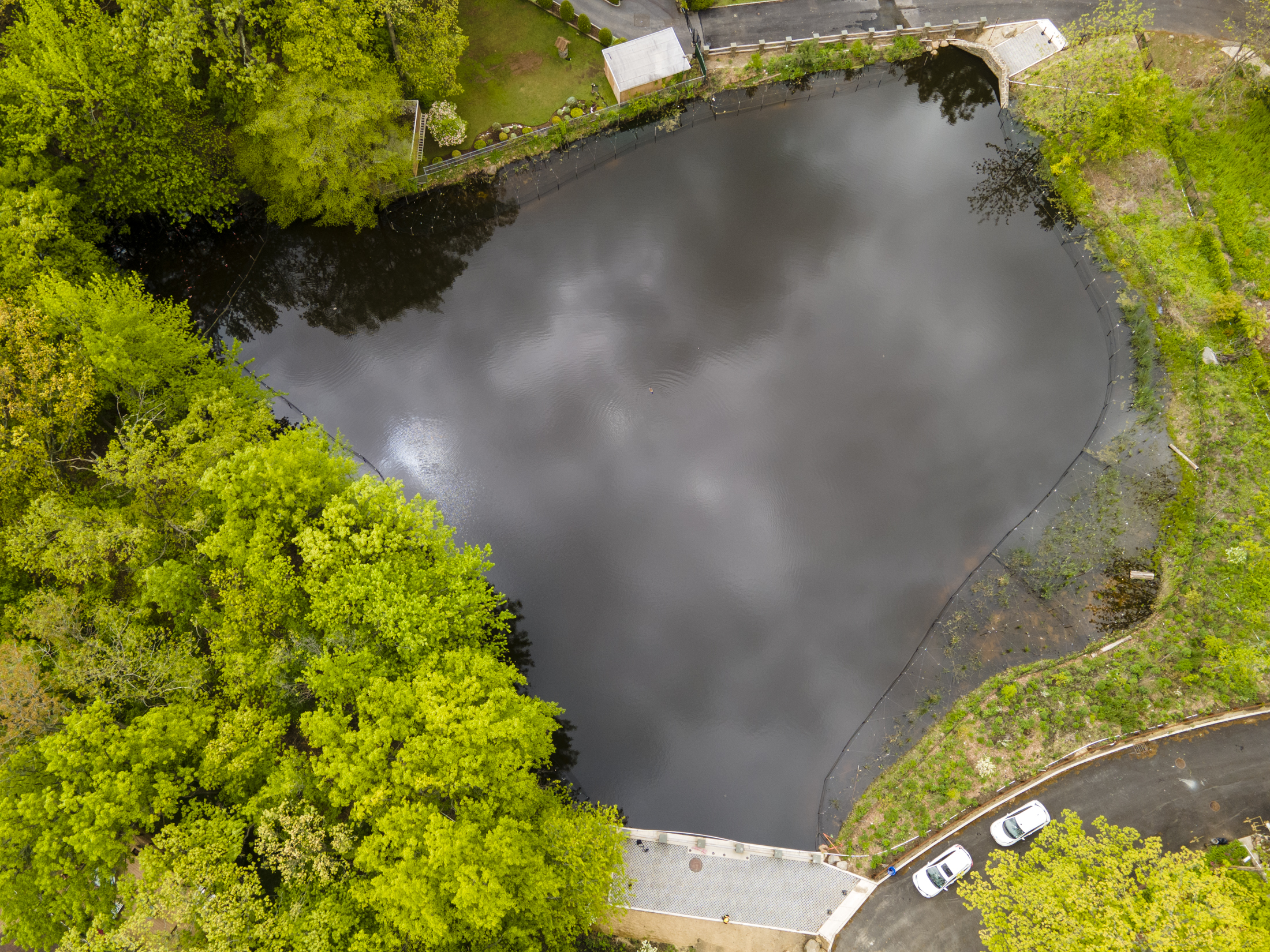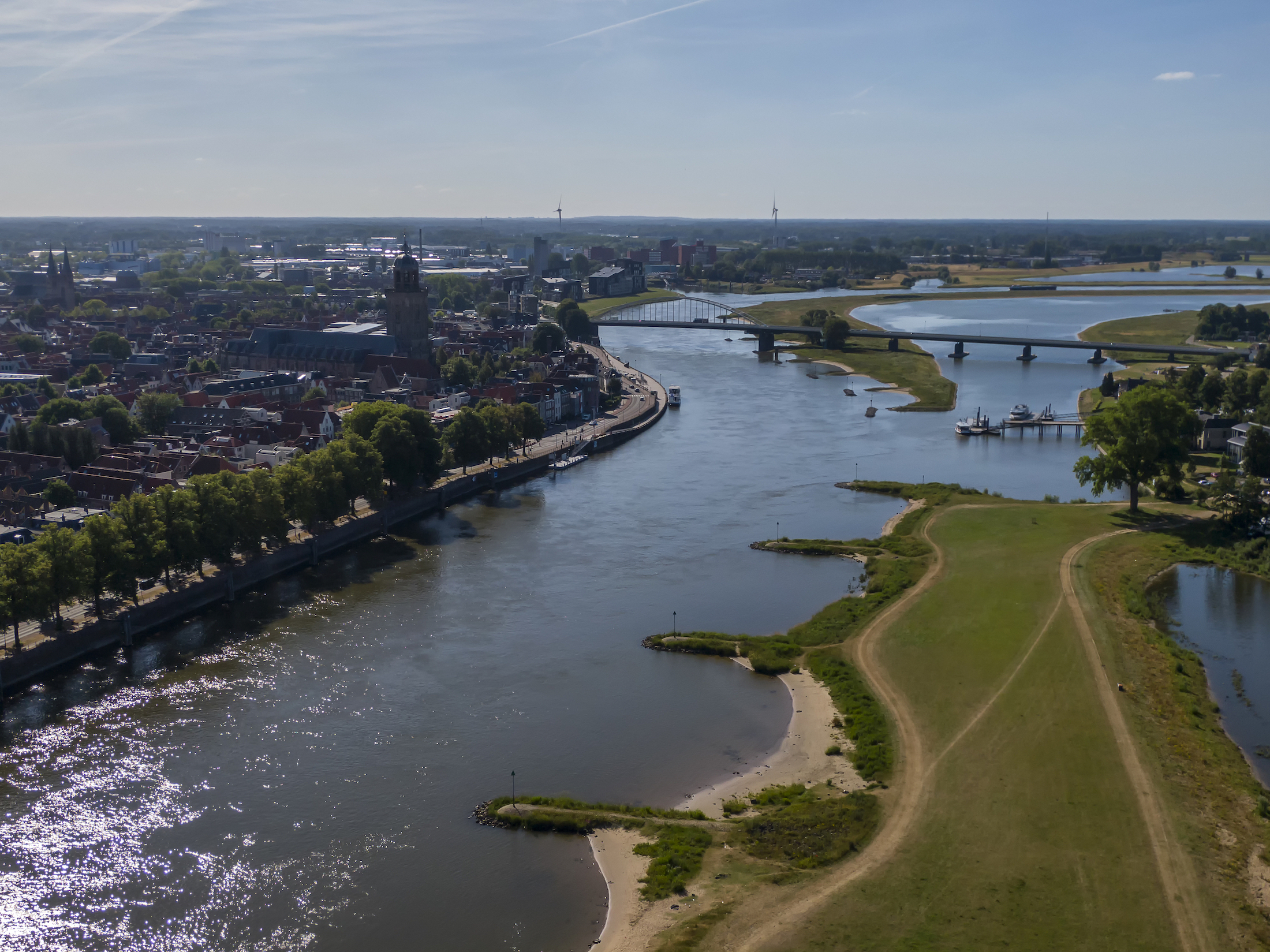Part 2 of 3 in the series "Navigating Climate Change" for Swiss Re

Hurricanes are among the most devastating natural perils in the U.S., posing a major threat to lives, businesses, and essential infrastructure. They are also among the most expensive — especially in coastal regions, which have been focal points for the country’s population growth over the past 50 years.
Listen to this article - read by Sarah Christie.
According to the Swiss Re Institute report Changing Climates, the heat is (still) on; the UN-sponsored Intergovernmental Panel on Climate Change (IPCC) points out that the U.S., along with central Europe and Southeast Asia, are the regions to continue to experience severe weather events.

Take Hurricane Sandy, one of the most destructive and costly storms in U.S. history. Damage estimates, based on 2012 values, will top $60 billion. In New York City economic losses are estimated at exceeding $18 billion. It accounted for about USD60B of uninsured losses.
While Gulf Coast states like Florida and Louisiana are often worst hit, America’s Eastern Seaboard also proved dangerously vulnerable. Sandy inflicted over $19 billion of damage in New York City and killed 44 residents after it battered the East Coast on October 29, 2012. The impact on NYC, which saw low-lying neighborhoods inundated by a storm surge, was profound and permanent.

The damage to Westbeth artist’s colony, a cultural icon in Manhattan’s West Village, exemplifies the scale of the loss. Originally built for Western Electric in 1868, the complex was later turned into one of the world’s most important research centers by Bell Laboratories. In 1970, it became the Westbeth Artists Housing — a New York City landmark in the heart of Greenwich Village and a testament to the city’s rich artistic heritage.
Providing affordable housing, studio space, galleries, and workshops for artists, performers, writers, filmmakers and other creatives, the Westbeth stood next to the Hudson River for over 144 years before the climate crisis brought its waters crashing in.
My friend Judite dos Santos was one of the hundreds of resident artists whose lives were dealt a devastating blow by Sandy that evening. Judite, an installation artist, lost crates containing two complete series of works (and large parts of her seminal Newspackages series) when the complex’s basement — a hub of creativity housing galleries, studios, and art storage — was overwhelmed by unprecedentedly high waters. The storm surge destroyed everything, from archived art to boilers and elevators, leaving the building — and many livelihoods— in disrepair.
It is difficult to quantify the magnitude of Judite’s loss. The artworks’ monetary worth was only part of their value: Artists must continuously create and progress to be viable players in the art market, and the destroyed works represented over 40 years of creative evolution. For her, like many other Westbeth residents who lost large parts of their career output, the losses were irreplaceable.
Wake-up call
They say there are two NYCs: one before Sandy and one after. But the city has since embraced the climate challenge, galvanizing the fighting spirit that helped it rebuild after 9/11.
The city has also become a touchstone for urban sustainability. One year after Sandy, the New York Mayor’s office launched AdaptNYC, an initiative designed to identify climate threats and plan mitigation and adaptation strategies. By 2019, the city had introduced Local Law 97, which introduced strict emission limits on buildings — new and old — over 25,000 square feet. As a result, even the 90-year-old Empire State Building has become a sustainability icon, demonstrating the economic viability of investing in energy efficiency.
New York City launched, among other measures, a pilot program to protect and provide parametric coverage for excess rainfall and storm surge events for the most
vulnerable residents from future weather catastrophes. This unique initiative resulted from collaboration among several stakeholders from the public and private sectors and may serve as a potential blueprint for other regions.
The city’s main climate goals are mitigating extreme heat and adapting to coastal flooding and extreme rainfall. We have come a long way from the famous scenes of New Yorkers cooling off in the streets next to open fire hydrants. Initiatives tackling the impact of extreme heat include a program to extend canopy cover by planting 36,000 new trees and a series of interactive online maps showing where to find shaded areas and parks with water features.

Ongoing upgrades to the sewer system are meanwhile increasing stormwater capture and helping the city deal with extreme rainfall. NYC has also developed a network of “Bluebelts,” ecologically rich natural drainage systems and wetlands that handle runoff from streets and sidewalks to prevent flooding. The city has completed 84 Bluebelt projects across three boroughs to date.
Coastal flood adaptation remains a larger challenge, however. Some of the more drastic proposals to protect Manhattan involve building seawalls that would limit public access to the waterfront. For instance, the U.S. Army Corps of Engineers recently unveiled a coastal resiliency plan that would create dozens of miles of floodwalls, storm surge barriers, levees, and artificial
embankments across New York and New Jersey. But critics claim the $52.6-billion proposal will ruin the shoreline while leaving 40% of vulnerable areas still at risk of coastal flooding.
Using nature
So what alternatives might the city consider? Some experts have suggested that NYC seek inspiration and assistance from The Netherlands, which faces even greater flooding challenges (but has developed highly effective ways of combating them). With almost 60% of its lands vulnerable to floods, the low-lying country has implemented one of the most outstanding adaptation solutions: the Room for the River Programme.

Working with rather than against nature, the project gives rivers space to safely discharge excess water by lowering dikes, creating water buffers, relocating levees, deepening side channels and building flood bypasses.
The program, completed in 2022, installed these various measures at 30 sites around four rivers: the Rhine, the Meuse, the Waal, and the IJssel. Its goal was to restore the rivers’ natural flood plains, giving them extra capacity to cope with higher discharges produced by climate change and, in turn, reducing the risk of flooding in more populated areas. The measures also improved the rivers’ and regions’ biodiversity while creating opportunities for recreational spaces like waterfront promenades.
The Room for a River approach demonstrates that restoring nature can be more effective than attempting to contain it with concrete. And there are countless other innovative solutions to coastal flooding. As cities and regions adapt to climate change, collaboration across borders must ensure that best practices are shared and replicated.


Pingback: Cities Grapple with the Growing Threat of Extreme Heat - Kaj Embren